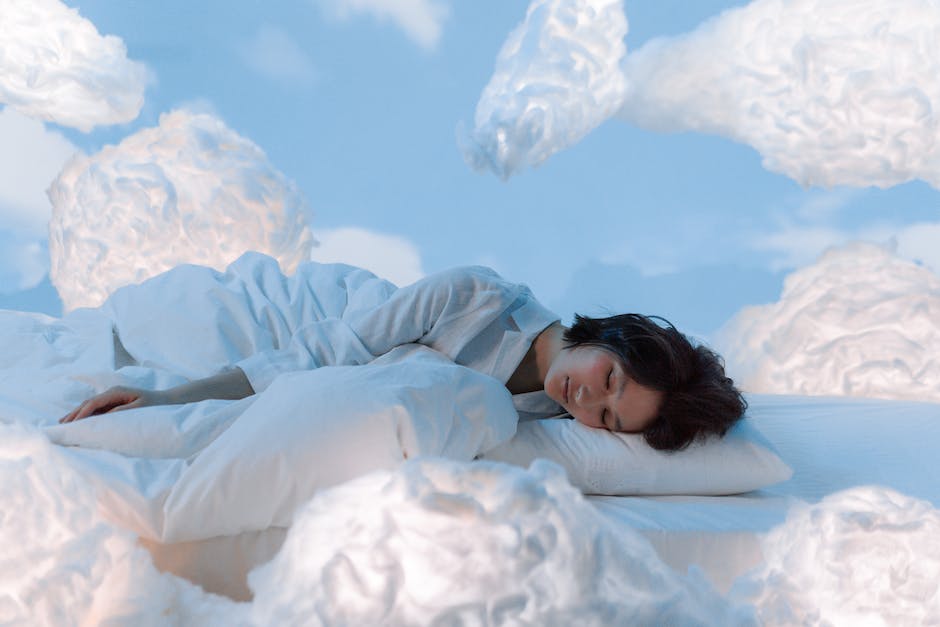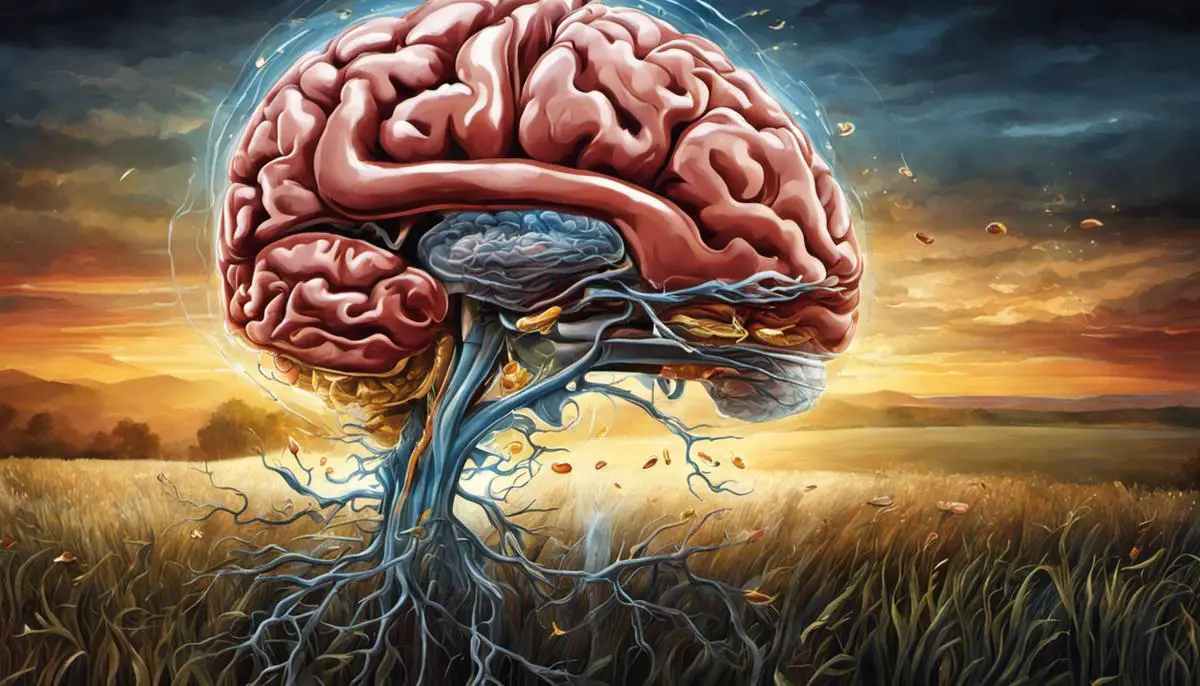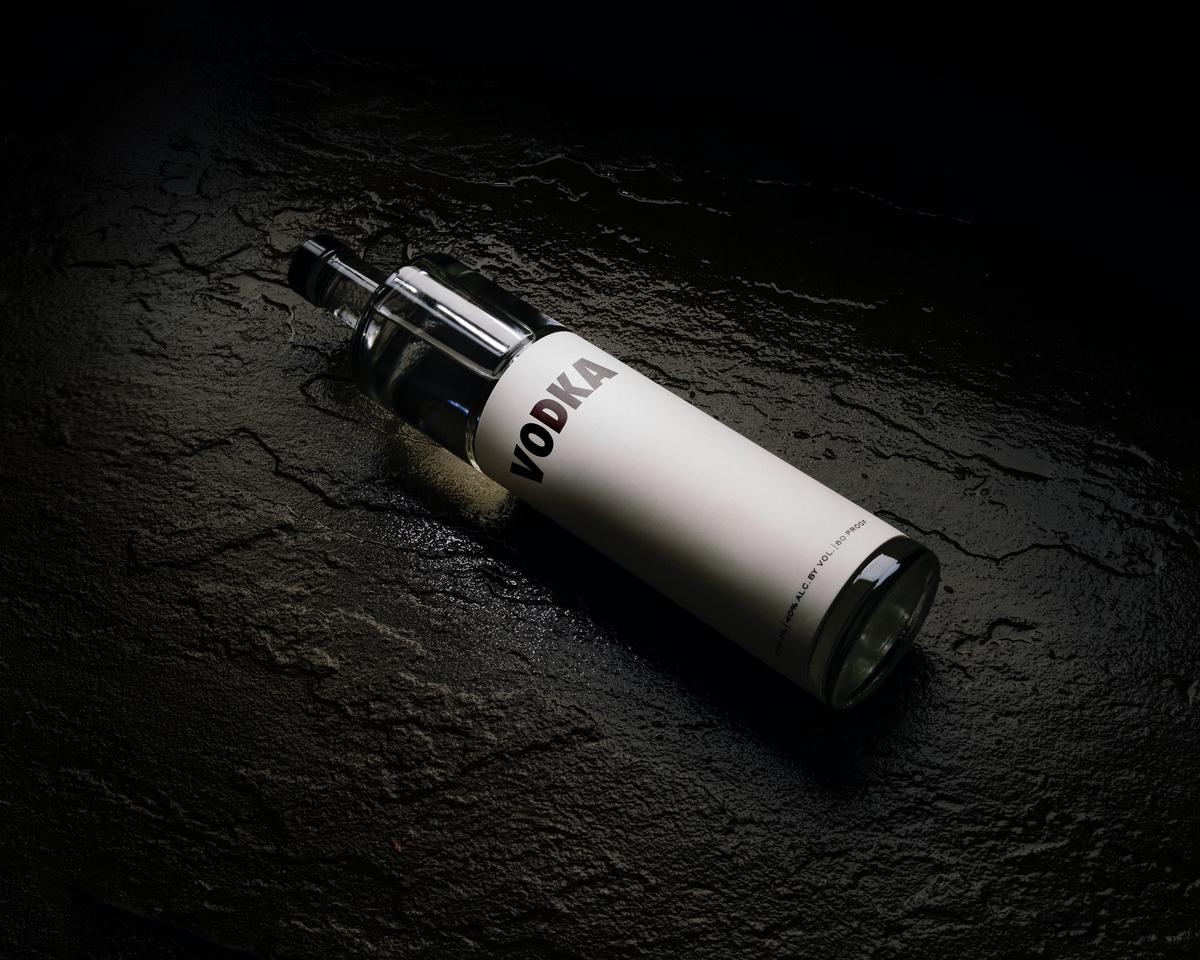Understanding dreams has been a fascinating field of exploration for centuries. This interaction between our brain and subconscious creates otherworldly scenarios and abstract ideas, extending the boundaries of our reality into a sphere of infinite possibilities. This complex phenomenon chips off from the cycles of sleep, primarily the Rapid Eye Movement (REM) and non-REM sleep phases. Knowing the vital role of sleep and its significance in the well-functioning of the human body could unlock a multitude of secrets about the brain’s functions, its modulation by alcohol, and the resultant dream alterations.
The Nature of Dreams and Sleep Cycles
Understanding Dreams and Sleep Cycles: The Basics.
Dreams, in the simplest terms, represent a succession of images, ideas, emotions, and sensations that typically occur involuntarily in our minds during certain stages of sleep. Sleep, a naturally recurring state of mind and body, consists of several cycles, including non-rapid eye movement (Non-REM) sleep and rapid eye movement (REM) sleep. These alternating periods play a critical role in the nature and pattern of our dreams.
The Stages of Sleep: Non-REM and REM Cycles.
The sleep cycle is broken down into four separate stages, primarily characterized as Non-REM and REM sleep. The bulk of the sleep cycle is composed of Non-REM sleep which consists of three stages. The first stage is a brief period of transitioning from wakefulness to sleep. The second stage is the first phase of actual sleep, where the heart rate slows, and body temperature drops. The third stage, also known as deep sleep, is crucial for restorative processes, including tissue growth and repair.
REM sleep, occurring approximately 90 minutes after falling asleep, is the stage when most dreaming occurs. It is characterized by rapid eye movements, increased brain activity, increased respiration rate, and temporary muscle paralysis.
Dreams: Their Purpose and Importance
While the purpose of dreaming is not entirely understood, several theories abound. Some believe dreams to facilitate memory consolidation, while others suggest they are a result of our brains sifting through and processing our day’s experiences. However, the biological function of dreaming is believed to connect with processes of rest and renewal. Good sleep health (which includes healthy dreaming) is crucial for maintaining our cognitive abilities, emotional health, physical vitality, and quality of life.
Alcohol’s Impact on Sleep and Dreams
Alcohol has a profound effect on the quality and architecture of sleep, and consequently, on dreams. Alcohol, especially when consumed in large quantities, can exacerbate sleep disturbances. Short term, it can induce sleep but disrupt sleep patterns in the latter half of the night as the body metabolizes the alcohol, causing re-awakening and difficulty returning to sleep. This pattern of fragmented sleep and vivid dreaming is often reported among those who consume alcohol before bed.
When it comes to REM sleep (the period of sleep that most dreams occur), alcohol acts as a suppressant. By inhibiting REM sleep, alcohol users often experience fewer dreams or inability to remember them. However, as the effects of alcohol wear off, some individuals experience a “REM rebound” effect, characterized by an increase in the frequency and intensity of dreams. This often manifests in the form of vivid and unusual dreams, as well as nightmares.
Heavy Drinking and Altered Dream Patterns
Alarmingly, heavy drinkers and those with alcohol use disorder might experience a severe form of altered dream patterns, known as alcohol withdrawal-related nightmares. These horrifying dreams can become so intense that the individual becomes fearful of sleep, leading to further sleep deprivation and related health consequences.
Conclusion
Occasional alcohol consumption may not cause significant disruption in dreaming, however, regular or heavy drinking can lead to serious changes in sleep and dream patterns. This not only influences the quality of sleep we attain but can also negatively impact our total health and well-being in the long run. It is advisable for individuals who are dealing with disturbing sleep or dream changes, particularly those tied to alcohol use, to seek advice from healthcare professionals.

The Effects of Alcohol on the Human Brain
Understanding the Impact of Alcohol on the Human Brain
Alcohol has a profound and complex effect on the human brain. Upon consumption, alcohol enters the bloodstream affecting nearly every cell in the body. Specifically, within the brain, alcohol impairs the performance of neurotransmitters responsible for transmitting messages internally and to the rest of the body. An excess of alcohol can spark heightened activity or severe inhibition of these neurotransmitters. Persistent heavy alcohol consumption over time disrupts normal brain operation and brings about changes in cognitive functions.
Changes in Cognitive Functions
The consumption of alcohol even in moderate amounts can result in the disruption of cognitive functions. It can lead to short-term effects like memory loss, problems with coordination, emotional instability and inhibitions, and slowed processing speed. Long-term, chronic heavy drinking can cause more lasting and severe cognitive issues, including permanent memory loss, dementia, and a serious brain disorder called Wernicke-Korsakoff syndrome. This syndrome consists of two separate conditions – Wernicke’s encephalopathy, which damages the lower parts of the brain that control the nervous system, and Korsakoff’s psychosis, a memory-disrupting condition.
Alcohol’s Effect on The Brain’s Neurobiology
One key neurotransmitter affected by alcohol is Gamma-aminobutyric acid (GABA), which slows down brain activity. Alcohol enhances the effects of GABA, resulting in feelings of calmness and lowering inhibitions. On the other hand, alcohol obstructs the glutamate system, responsible for the generation of feelings of excitability. The inhibition of this system results in slower reactions and slurred speech. Chronic alcohol use can also have long-term effects on the brain’s reward system, leading to increased alcohol tolerance and dependency.
Alcoholic Influence on Dreams
Alcohol’s adverse effects on sleep quality are well documented, primarily impacting the sleep cycle, especially the rapid eye movement (REM) sleep phase. This phase is primarily associated with dreaming. Decreased REM sleep often results in reduced dreaming. However, sudden withdrawal can lead to a phenomenon, known as REM rebound, where the brain compensates for the lost REM sleep, leading to an increased frequency of dreams that are often more vivid and intense.
Individuals who consume alcohol excessively may encounter nightmares or vivid dreams during alcohol withdrawal, a part of a severe condition known as ‘delirium tremens.’ Delirium tremens is a serious variant of alcohol withdrawal that triggers sudden, severe mental or nervous system alterations.
Changes in dreams triggered by alcohol-induced alterations in the brain can lead to changes in the perception and emotions experienced during sleep. Whether under the influence of alcohol or during the withdrawal phase, individuals may experience nightmares or strikingly vivid and frequently disturbing dreams. The content of these dreams can be influenced by the physiological and psychological adjustments initiated by alcohol, often reflecting heightened stress or anxiety levels in dream scenarios.

Alcohol and Dream Alterations
Alcohol’s Influence on the Brain and Dreams
Alcohol can significantly impact the brain, leading to alterations in its biochemical balance, which in turn affects dreaming. The biochemical transformations induced by alcohol influence the dreaming process directly. Alcohol disrupts the normal sequencing of the various stages of sleep, specifically Rapid Eye Movement (REM) sleep, which is largely linked with dreaming. Studies have indicated that alcohol suppresses REM sleep during the first half of the night, consequently leading to decreased dream activity.
Research Studies on Alcohol and Dream Alterations
Various research studies support the hypothesis that alcohol consumption prior to sleep can cause alterations in dream patterns. Some researchers have found that people under the influence of alcohol have dreams that exhibit a different nature and intensity compared to when they are sober. Themes of dreams also tend to change following alcohol consumption. People who consume alcohol before sleep often have violent or tragic themes in their dreams, according to a study conducted by the Sleep Disorders Center at the University Hospital of Zurich.
Rebound REM Sleep
Particularly interesting is the effect of alcohol on ‘rebound REM’ sleep. This phenomenon typically occurs the night after heavy drinking, when alcohol has been metabolized and is no longer impacting the sleeper chemically. As the body and mind react to the absence of alcohol, REM sleep rebounds with greater intensity, often leading to extended periods of REM sleep. These rebound periods can come with a surge of intense dreams, which can become nightmares due to the heightened anxiety experienced during alcohol withdrawal. This can prove disruptive to the individual’s sleep cycle and potentially their overall wellbeing, causing distress and disorientation.
Alcohol’s Impact on Sleep Quality
Despite the common perception that alcohol can aid sleep, it has been shown to reduce the overall quality of sleep. While it might help people fall asleep faster, the sleep induced by alcohol tends to be fragmented and less restful. This is primarily due to the disruptive effects of alcohol on the sleep cycle, particularly on REM and deep sleep stages. Notably, this fragmentation of sleep can further contribute to the disturbance in dream patterns, making them surreal or unsettling.
Connecting Drinking Habits to Dream Patterns
The connection between drinking habits and dream patterns is complex, given the myriad of factors that influence both. The intensity, frequency of alcohol consumption, individual physiology, and underlying mental health conditions can all modulate the influence of alcohol on dreams. Many studies suggest that chronic heavy drinkers tend to experience a higher number of nightmares and disturbed dreams than occasional drinkers or non-drinkers. The cessation of alcohol use can also provoke intense dream experiences, a phenomenon termed ‘dream rebound’.

Photo by nathanspowers on Unsplash
Cracking the code of dreams and the impact of alcohol on them unravels an intriguing aspect of human psychology and neurology. It prompts us to ponder the elasticity and adaptability of our brain, which can journey between fascinating dream worlds and stark reality. The visibly apparent impacts of alcohol on dream patterns mirror the brain’s sensitivity to external substances, reminding us to tread wisely on the path of consumption. Unraveling the mystery of alcohol-induced dream alterations continues to be an alluring field of research with much more to discover, shedding light on the myriad ways in which the brain concocts dreams and the impact of external influences on this delicate process.
